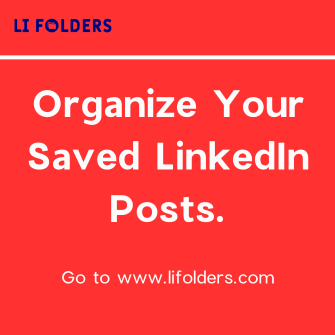
When you block someone on LinkedIn, it doesn't delete old messages from your inbox. Both you and the blocked user can still access the history of your conversations unless you individually delete them. This allows you to retain records of your professional interactions, which can be beneficial for reflection or learning from past exchanges. The blocking feature primarily stops any future interactions, removing messages from a blocked user from appearing in your inbox going forward. If you're curious about fine-tuning this feature or understanding more about LinkedIn's privacy options, there's plenty more insight available for you.
Understanding LinkedIn's Blocking Feature
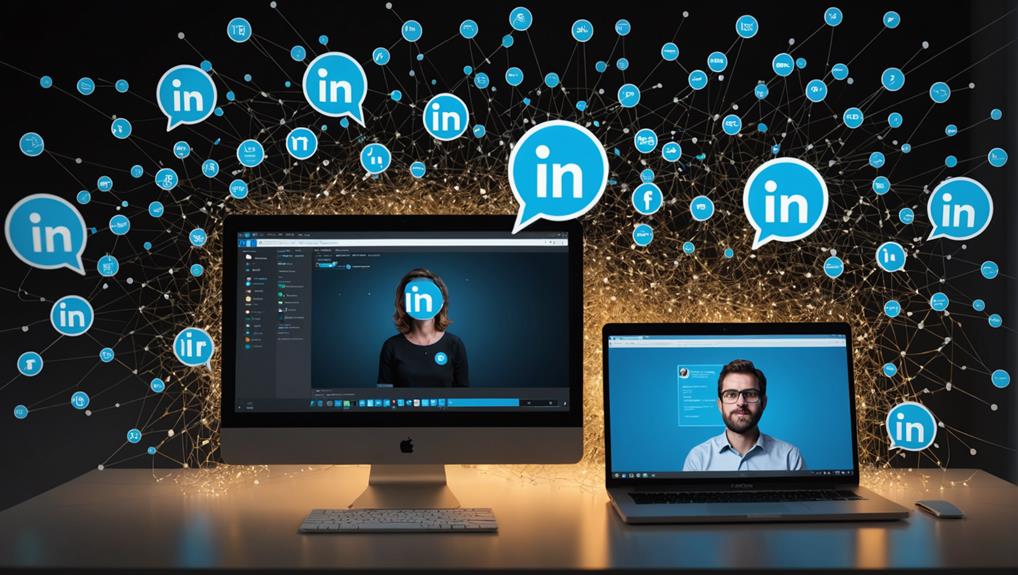
LinkedIn's blocking feature lets you restrict specific users from viewing your profile or interacting with you online. When you're striving to create a professional environment that feels safe and welcoming, the ability to set boundaries is crucial. Blocking someone on LinkedIn isn't just about avoiding unwanted interactions; it's also about maintaining a space where you can thrive without distractions or discomfort.
When you decide to block someone, they're no longer able to access your LinkedIn profile. They can't see your updates, posts, or the professional milestones you've proudly shared with your network. This ensures that your LinkedIn circle remains a supportive community, focussed on mutual growth and respect. Think of it as curating your audience to enhance your professional journey.
Moreover, when you block someone, this action is discreet. The blocked user isn't notified, allowing you to maintain your professional demeanor without any potential backlash or awkwardness. It's about empowering you to choose who's part of your professional world, ensuring you feel connected and respected in your digital interactions. Remember, your comfort and security on LinkedIn are paramount, and controlling your user interactions is a step toward preserving your professional sanctuary.
What Happens to Messages Post-Block
When you block someone on LinkedIn, their messages disappear from your inbox. This means you won't see any trace of previous conversations you've had, which can be a relief if you're seeking a fresh start or need to distance yourself from negative interactions. It's like having a clean slate, allowing you to focus on connections that matter most to you and foster a positive environment.
Remember, though, while you won't see their messages anymore, they still retain their copies of the conversations. This ensures that everyone has their own record, but it also means that your words remain with them. So, always communicate with care, knowing that your messages continue to exist elsewhere.
Blocking not only helps you control your social sphere but also empowers you to shape your professional environment on LinkedIn. You become part of a community that respects boundaries and personal space, enhancing your sense of security and belonging. It's a step towards maintaining not just privacy but also a healthy, respectful network. Remember, you're not alone in wanting to keep your professional interactions positive and productive. Everyone benefits from a community where respect and professionalism are maintained.
Exploring LinkedIn's Privacy Settings
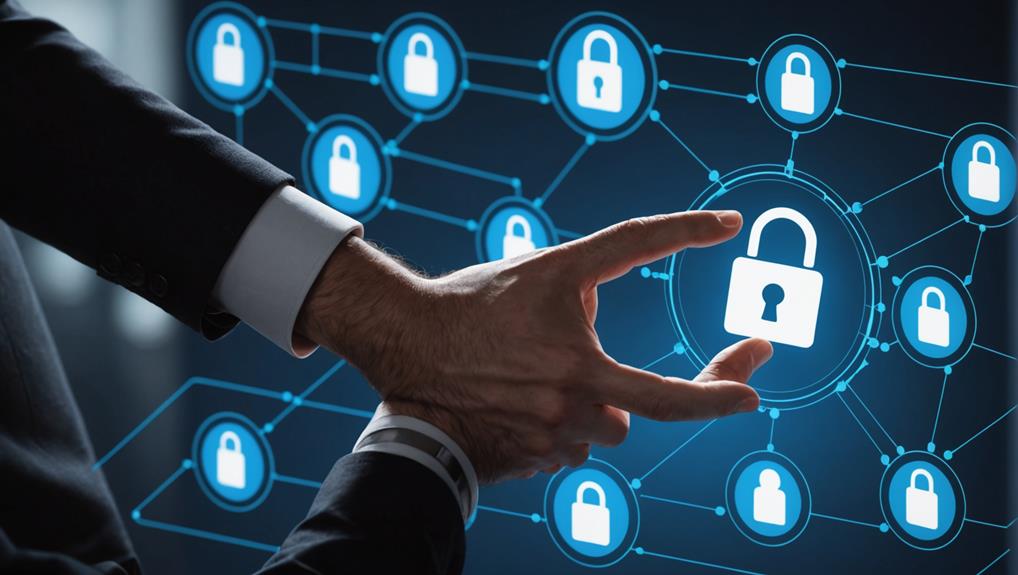
To enhance your online interactions and protect your data, delve into LinkedIn's comprehensive privacy settings. You're part of a community that values professional growth and privacy, and LinkedIn's settings reflect this commitment. By customizing these settings, you're not just safeguarding your information; you're also shaping how you connect with others, ensuring you're surrounded by contacts who respect and enhance your professional journey.
Within these settings, you can manage who sees your profile and updates, who can send you invitations, and even how others see your activity. This level of control helps create a safer, more tailored environment that aligns with your career goals and personal comfort levels.
Moreover, LinkedIn allows you to adjust who can see your connections, a crucial feature if you prefer keeping your network circles private. This doesn't just protect your contacts' information; it also fosters a trust-based environment where everyone feels secure in their professional interactions.
Immediate Effects of Blocking a User
After adjusting your privacy settings, blocking a user on LinkedIn has immediate and noticeable effects. Suddenly, it's like a digital curtain closes between you and the blocked user. You'll no longer see each other's updates, posts, or any direct interactions on your feed. This means no more comments, likes, or messages from them, and vice versa.
You're likely seeking this solution to feel safer and more comfortable within your professional network. Blocking someone helps you maintain a boundary that's crucial for your peace of mind. It's all about creating a space where you can thrive without unnecessary stress or distractions. Remember, you're not alone in needing this space; many people block users to preserve their mental well-being and focus on their professional growth.
Imagine it as setting the rules in your own digital house—where you decide who comes in and who stays out. This action empowers you to curate your professional environment actively, ensuring that it aligns with your goals and values. Engaging on LinkedIn then becomes more productive and enjoyable, free from the discomfort of unwanted interactions. This immediate effect of blocking is your first step toward reclaiming your professional space.
Can Blocked Users Access Old Messages?

You might wonder if someone you've blocked can still view old messages exchanged between the two of you. The simple answer is yes. When you block someone on LinkedIn, it doesn't erase the messages that were already sent. Both you and the blocked person can still see the conversation history unless one of you actively deletes it. This might feel a bit unsettling, knowing that someone you wish to keep at bay can revisit your previous interactions.
However, there's a strong sense of community in knowing you're not alone in these experiences. Many LinkedIn users share similar concerns and by understanding the platform's features, you're better equipped to navigate these digital relationships. Keep in mind that while blocked individuals can't initiate contact with you or see your updates, the trails of your past communications remain accessible. This is a common feature across many social platforms, and many find solace in the fact that everyone is equally equipped with this knowledge.
Embrace this feature as a way to maintain a personal archive of your interactions, an opportunity to reflect or to learn from past exchanges. Just remember, you're part of a larger community navigating similar situations.
Keeping Your LinkedIn Account Secure
While understanding how blocking affects message visibility is important, ensuring the overall security of your LinkedIn account is equally vital. You're part of a professional community where your online presence represents not just your skills and experiences, but your commitment to maintaining a secure networking environment. Here's how you can protect yourself and contribute to the safety of this shared professional space.
Firstly, regularly update your password. This is more than just a precaution; it's a barrier against unauthorized access to your account. Choose a strong, unique password for LinkedIn that you don't use for other sites. You'll feel more secure knowing that your account is harder to breach.
Enable two-factor authentication (2FA). This adds an extra layer of security by requiring not only your password but also a verification code sent to your phone when logging in from an unrecognized device. It's a simple step that significantly boosts your account's defense.
Be cautious about the personal information you share. While it's tempting to display all your accomplishments and credentials, consider what's absolutely necessary to share. This minimizes exposure to identity theft and maintains your privacy.
Tips for Managing LinkedIn Connections
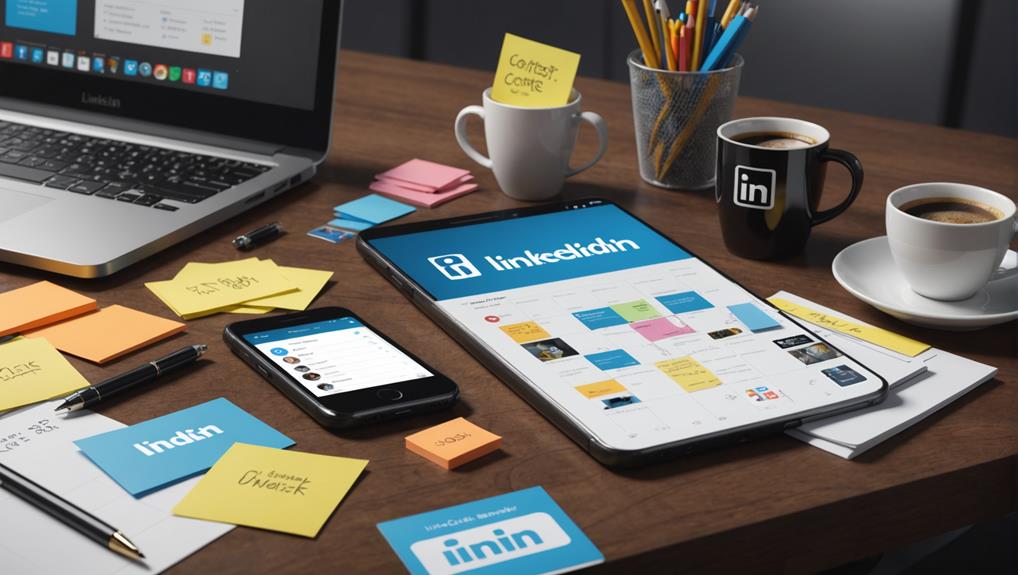
Managing your LinkedIn connections effectively can help streamline your professional network and optimize your online interactions. It's about creating a space where you feel connected and valued, not just another name in someone's contact list. Start by periodically reviewing your connections. Ask yourself: How does each connection add value to my professional life? If you can't find a solid answer, it might be time to consider disconnecting.
Your LinkedIn should reflect your current professional interests and goals. Don't hesitate to reach out to new people who align with your career path or inspire you. When you send a connection request, personalize your message. Mention a shared interest or how their career insights have impacted you. This approach not only increases the chance of acceptance but also sets the stage for meaningful interaction.
Potential Issues With Blocking on Linkedin
If blocking someone on LinkedIn seems like a straightforward solution to avoid unwanted interactions, it's important to consider some potential issues. You might feel that blocking is the easiest way to maintain your professional space, but it's not without its complications.
Firstly, blocking can lead to misunderstandings or tensions within your network, especially if you're in the same industry. People talk, and you don't want to be perceived as someone who can't handle conflicts maturely. It's all about maintaining relationships, and sometimes, a simple misunderstanding could escalate because you chose to block rather than communicate.
Moreover, blocking someone can inadvertently cut you off from valuable industry connections. The person you block might be a bridge to other professionals or opportunities. By blocking them, you're potentially missing out on these connections, which could be detrimental to your career growth.
Alternatives to Blocking on LinkedIn
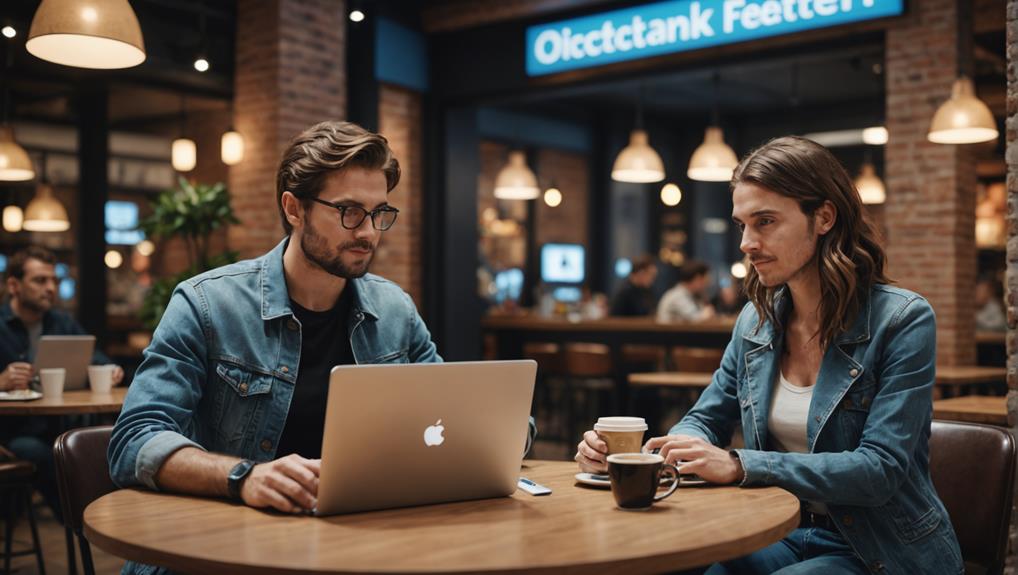
Before resorting to blocking on LinkedIn, consider several less drastic measures that maintain your professional relationships. You're part of a community here, and every action you take can impact your network. Sometimes, simply adjusting your privacy settings can give you the peace you need without severing ties. Customize who can see your posts and updates, and control who can send you invitations. This method keeps your profile accessible but on your terms.
Alternatively, you might want to mute or unfollow individuals whose updates or messages are overwhelming, yet you'd like to stay connected for future opportunities. This way, you won't see their activity in your feed, but you'll remain in their network, keeping doors open for when you need them.
Lastly, consider directly communicating your boundaries. If someone's messages are too frequent or their content doesn't align with your interests, a polite message explaining your perspective can often resolve the situation amicably. It's about finding balance and ensuring your LinkedIn experience is positive, without cutting off potential valuable connections. Remember, it's your professional community, and nurturing it with thoughtful actions can lead to lasting, beneficial relationships.
Conclusion
You've explored how blocking on LinkedIn affects your messages and privacy. Remember, blocking someone removes direct visibility between you and them but doesn't delete old messages. Stay vigilant with your privacy settings to keep your LinkedIn secure. If blocking feels too severe, consider other options like muting. Managing your connections wisely can prevent potential issues and maintain your professional image. Always weigh the pros and cons before deciding to block a connection on LinkedIn.






